Visual animation has been one of the most common website design patterns over the past two years. It is a sign of uniqueness and brand identity. 3D Art is a modern architecture movement that has been stronger and stronger for the past few years.
It will unite any written collateral or art object. 3D graphics and animation are now commonly incorporated into websites and smartphone devices, onboarding, advertising materials, branded things, and product videos.
There are wide and varied applications for a 3D illustration. Interested in these styles, many designers began to focus on their applications to differentiate themselves from the crowd.
As a result, we ended up lately with a lot of examples of landing page design containing at least a 3D illustration.
And that’s not all, these illustrations are also used in motion graphics to create short animated movies.
For the past few years, illustration design is in trend. In the global design industry, they have already produced a significant influence. We have included in this set incredible 3D illustration examples that should inspire you to create your own.
Drawing a 3D illustration
To make it look like a picture has dimension, you can use 3D drawings as optical illusions. It can make every drawing come to life with this process. It might seem impossible to do, but it’s simpler than it looks.
It is never easy to make three-dimensional sketches. The fundamental concepts of perspective must produce a successful image when creating a 3D character design. You need to understand the fundamentals of linear views and different aspects of making a clear picture in perspective to begin drawing 3D illustrations.
With these tips, you will become a master of 3D drawing! Impress your consumers, delight users, and increase your expertise in illustration.
Draw Basic 3D Shapes
It is still a good idea to draw simple forms using a sheet of paper and a pencil before drawing three-dimensional shapes.
Study your subject
It might be useful to look at the details if you want to draw something in 3D you have in real life. You will begin to grasp how you can translate real-world depth to a flat surface by looking at it.
Stick To Perspective
One perspective is a linear viewpoint that uses one point at which all lines converge in the center.
The perspective is of utmost importance in drawing realistic drawings. The picture appears bland and blurred and lacks depth if you neglect view.
Size and distance are the most critical aspects of perspective. The more an object is far away, the smaller it becomes, and vice versa. This helps you to achieve adequate depth in your diagrams by increasing and reducing their scale.
Start a drawing with a horizon line
It’s essential to create a horizon line where the sky meets the land for drawings that aim to show a great distance.
This line makes a point away from the viewer that is the furthest. It should generally be between one-third and half of the way through the whole page.
Incorporate a vanishing point into an illustration design
The spot where objects disappear in the distance is a vanishing point.
Practically speaking, parallel lines from the front of the image to the back of the picture are brought together on the page. This place in the center of your horizon line allows you to have a spot that moves to the distance.
The Distance Point
The Distance Point is the nearest point on the image plane that immediately points to the vanishing fact from which a continuous line meets.
To draw a 3D illustration of a cube, for example, you can continue following the vanishing point by making a drawn line extended from the form’s most proximal edge.
This point, which makes the object’s distance to the vanishing point, is called space’s end.
Coloring
This portion of the creative process is quite relaxing but also challenging. It can be a struggle to pick the correct colors. You must first decide your theme. Soft and pastel colors could work, which would be very simple and two-dimensional, for retro drawings.
Maybe you want lighter colors if you’re going to be photo-realistic. Strong contrast will make the artwork spectacular unless you know how to mix and match colors. When it comes to coloring, the easiest way to display light sources and add dimension to your artwork is to apply linear and radial gradients.
The first step in color is to determine the direction and angle of the light source. Based on the sun, you should apply shadows and highlights. Shadows and shade will be simulated by dark colors, while bright colors will produce highlights.
Reflections
In addition to shadow and edge highlights, several reflections and shades are produced by light sources. You’ll see all the mirrors around and take a closer look, like glass, ceramic, wood, metal and clay, and even liquid. There are different ways of meditation.
While white is the most common color for reflection, experiment with various color combinations with reduced opacity.
Shadows
A shadow’s fundamental aim is to provide an appearance of three-dimensionality. The picture isn’t complete without shadows. The shadow, in some way, “defines” the image. The effect of light sources produces shadows. The shadow’s strength or softness depends on the distance between the object and the source of light.
More Tips for 3D illustration design
- Straight lines are essential when trying to draw something in 3-D. When you can, use a straight edge (like a ruler). Even if you don’t have a ruler, something that’s flat and made of sturdy material will help.
- Be aware of angle lines. To give them their shape, objects like a cube, for example, involve parallel lines. Others may have different angles like a cone. By holding your pencil to the lines, compare angles. If it matches, your lines will likely fit. You can use a protractor if you want to be technical.
- Pencils and erasers are your friends. Whenever possible, draw with a pencil to get the angles and lines correct.
The practice is the key
Many people find it challenging to draw a 3D illustration, and it is thus often recommended to learn the skills needed to draw. The drawing of simple forms and forms allows more complicated forms to be marked with confidence.
All simple shapes and three-dimensional structures are the most regular and irregular forms in the natural world. Therefore, studying these types and forms is essential for the advancement of drawing.
When it comes to 3D illustrations and components, nothing is impossible. Besides, they concentrate on linking consumers to the digital goods environment. Through the treatment of interactive elements, they construct a realm of imagination.
For blogs, billboards, posters, animations, and even interactive content, You can use 3D illustrations. Web templates with 3D elements and images play an essential role in a visually pleasing website. They make interactive, impressive, and illustrative websites look like.
Amazing 3D illustrations examples
Traveler character design
Rome-Alleyway 3d illustration
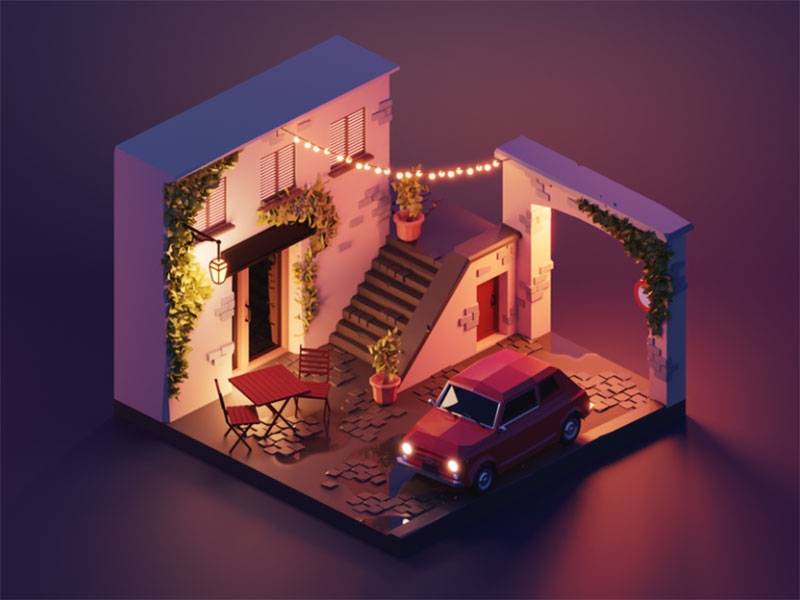
Space Ramen
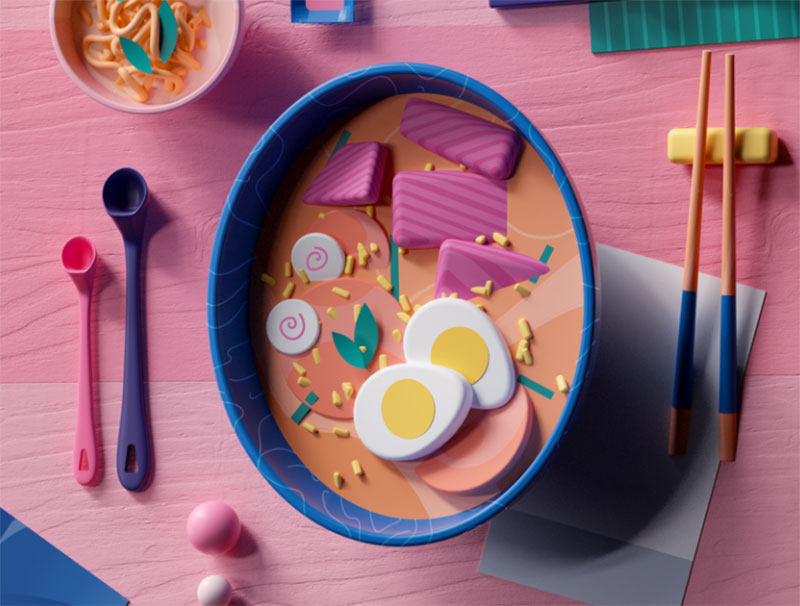
The Birds House
Knight Sword
Internet Providers – Landing page with a 3D illustration

Weatherly 3D icons
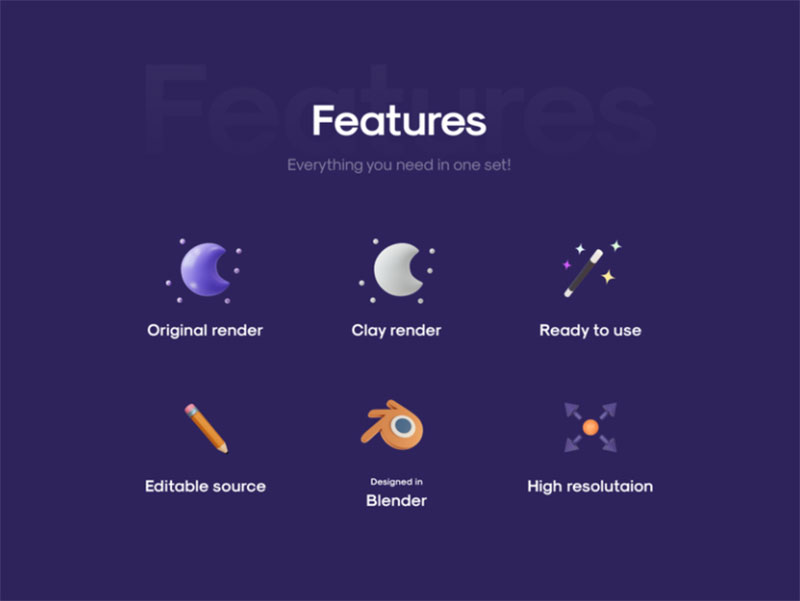
Ninja Reptile – 3D illustration
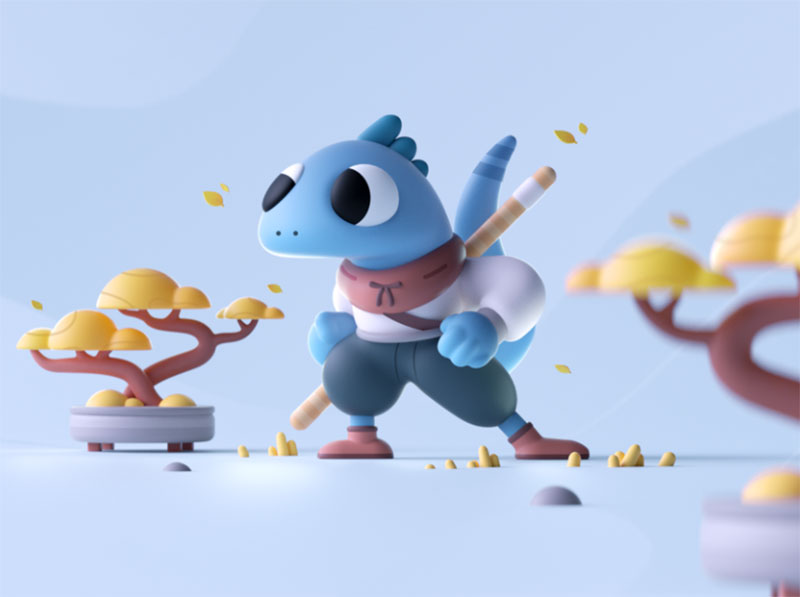
Inbox
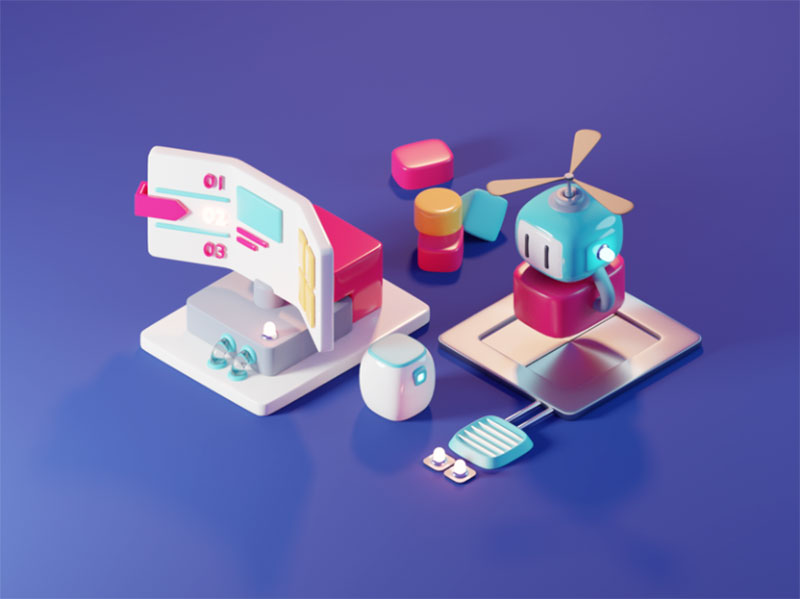
Chat 3d icon

Little Tree
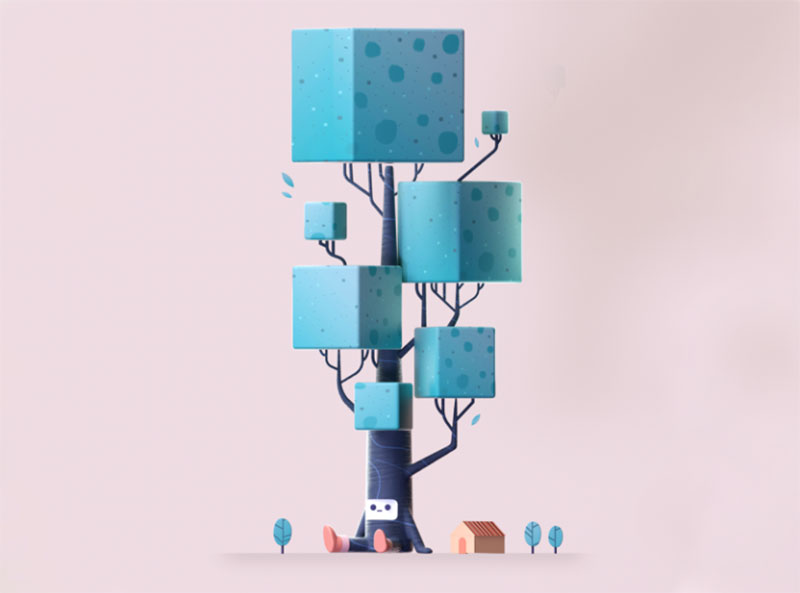
3 Big Icons
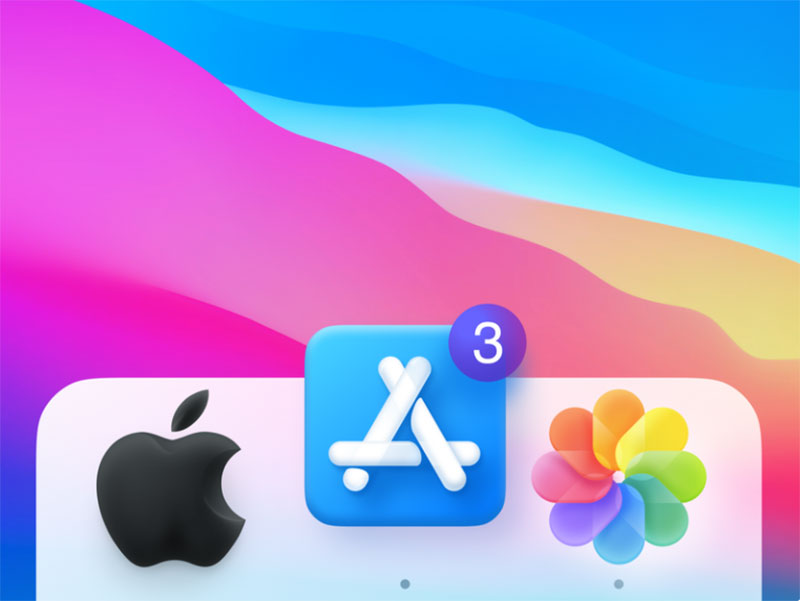
GANG
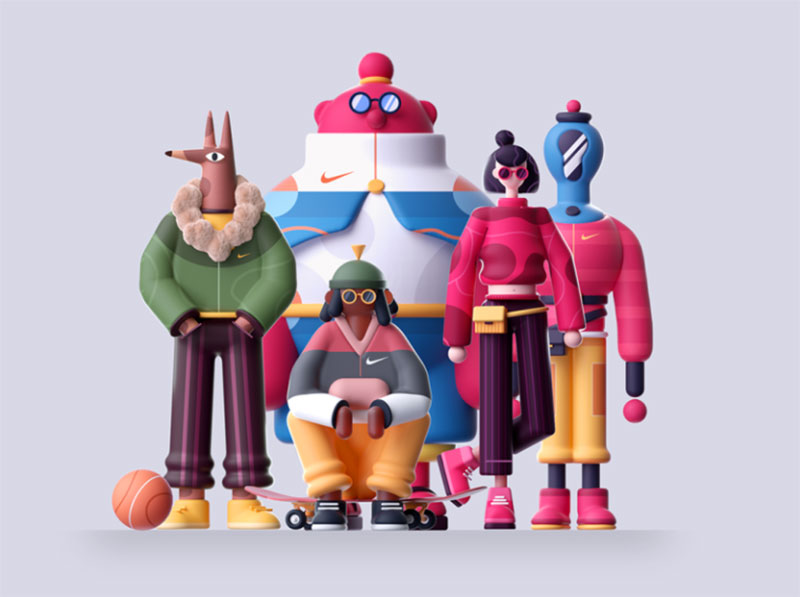
Wooden space toys
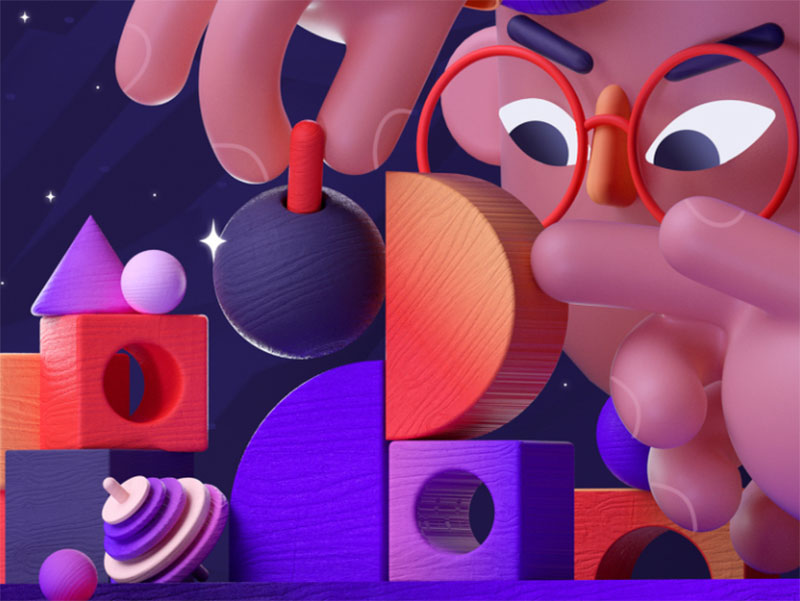
Tiki Shaman
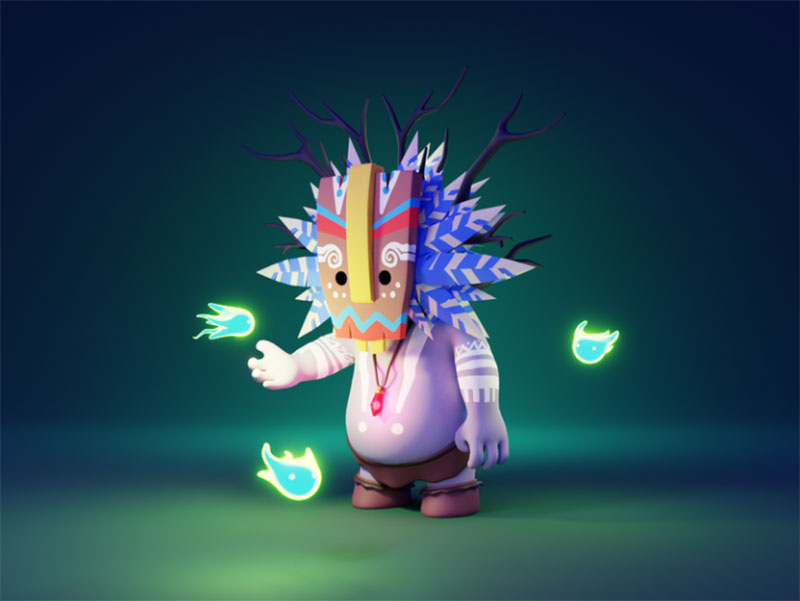
Rent Bike Concept
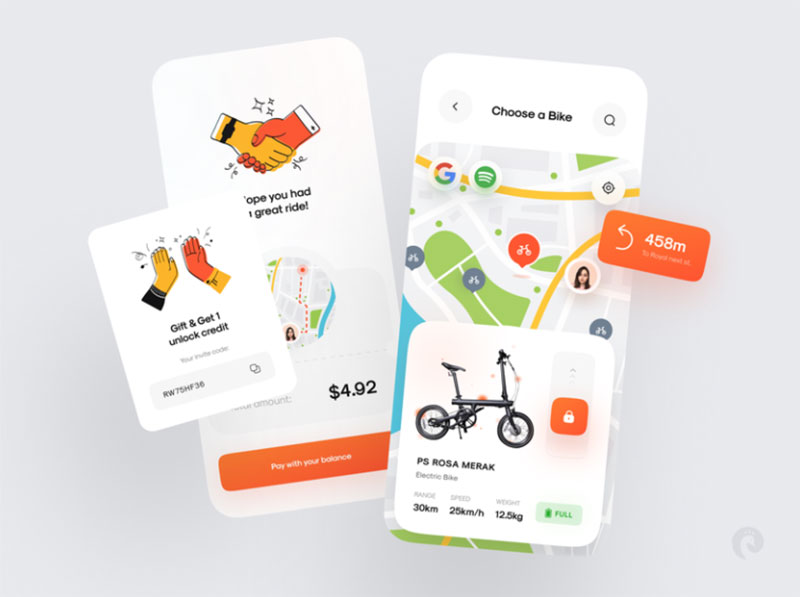
Computing
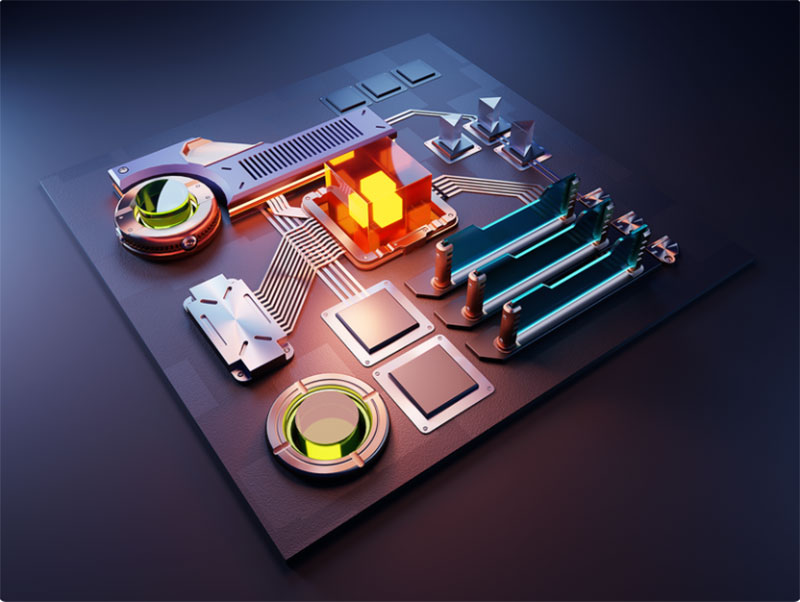
3D Colorful Shapes
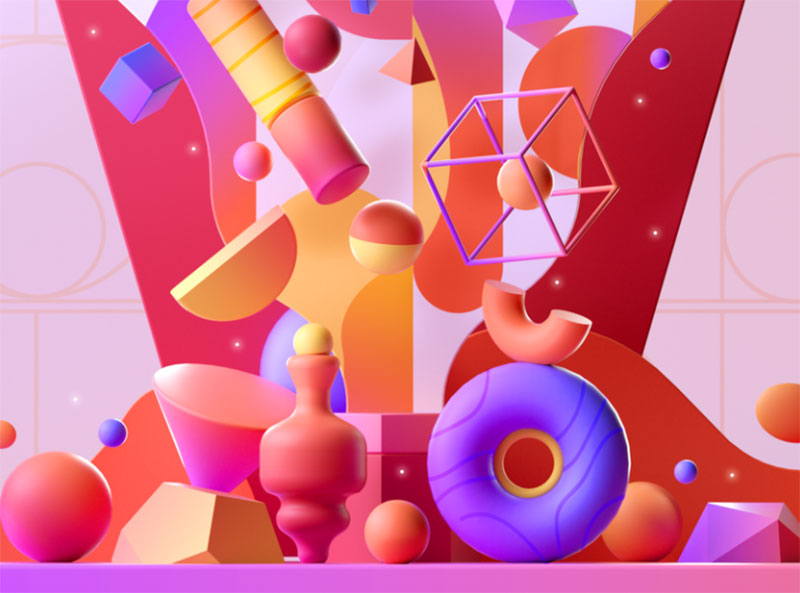
Fruity Kitchen
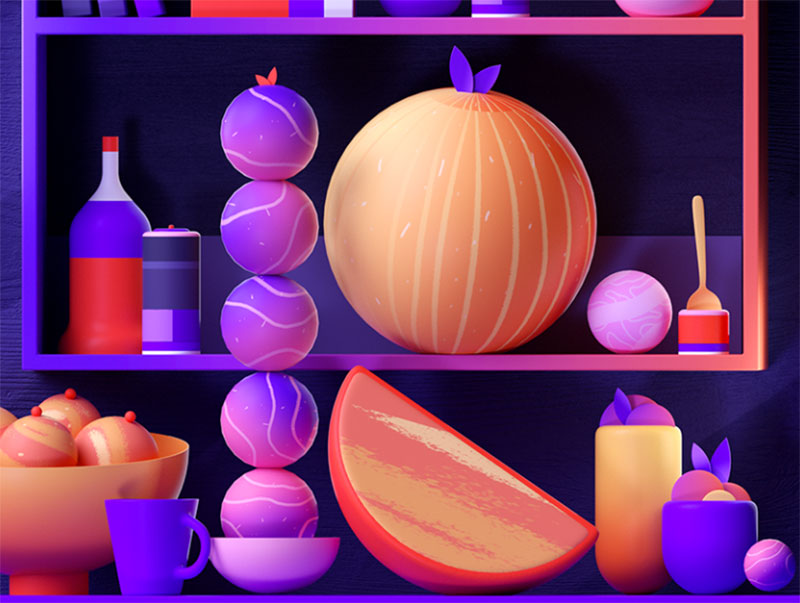
Birds & Fruit
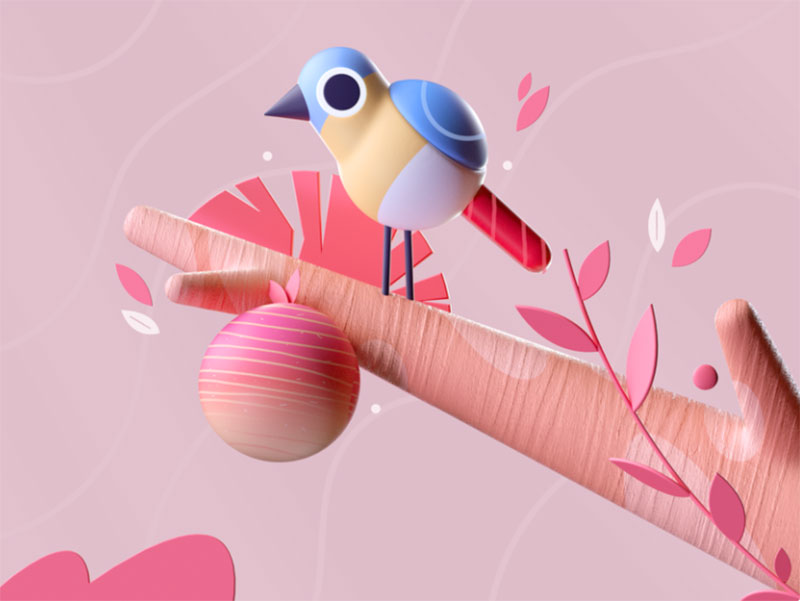
Design Team Cover
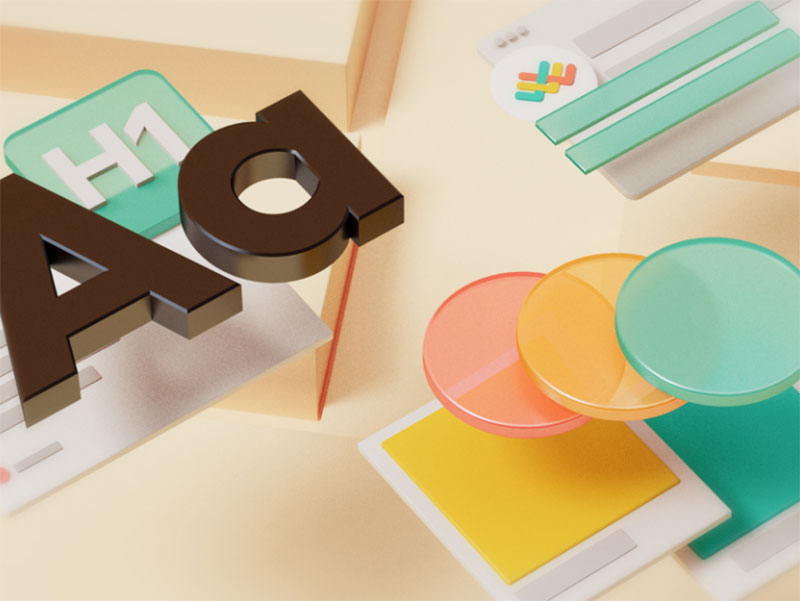
Birds Traveler
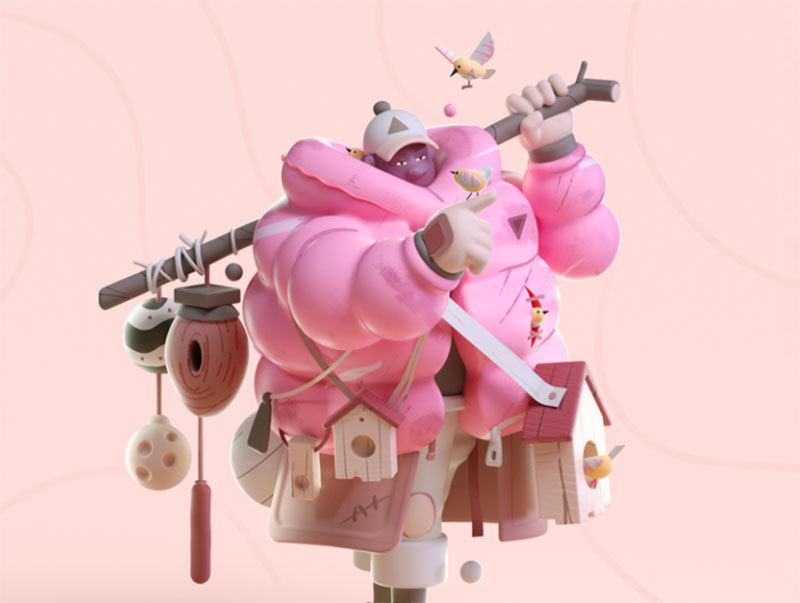
Cute Plants
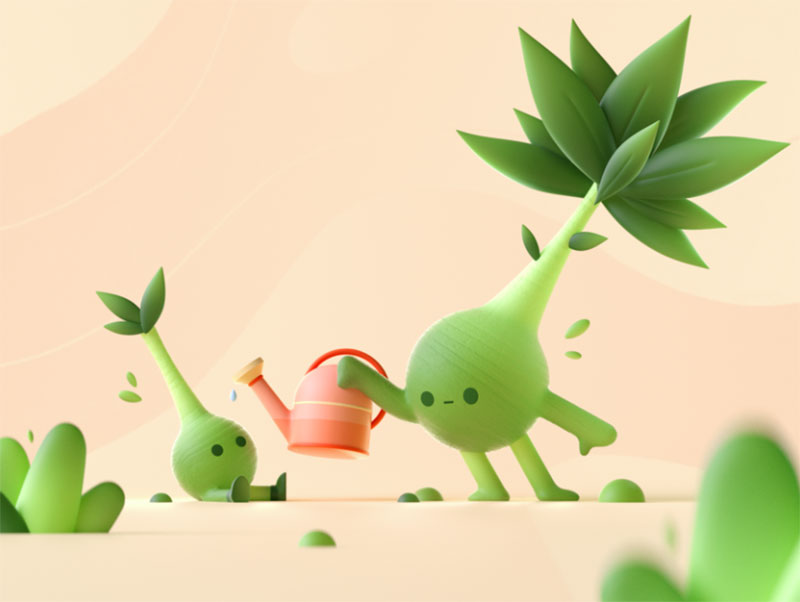
Digital Burst
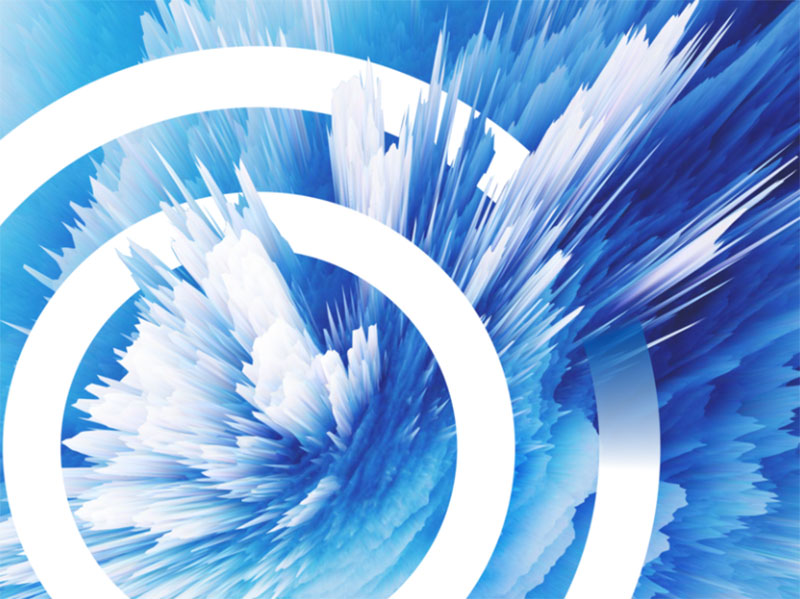
Do we hold hands or something? – 3D Illustration
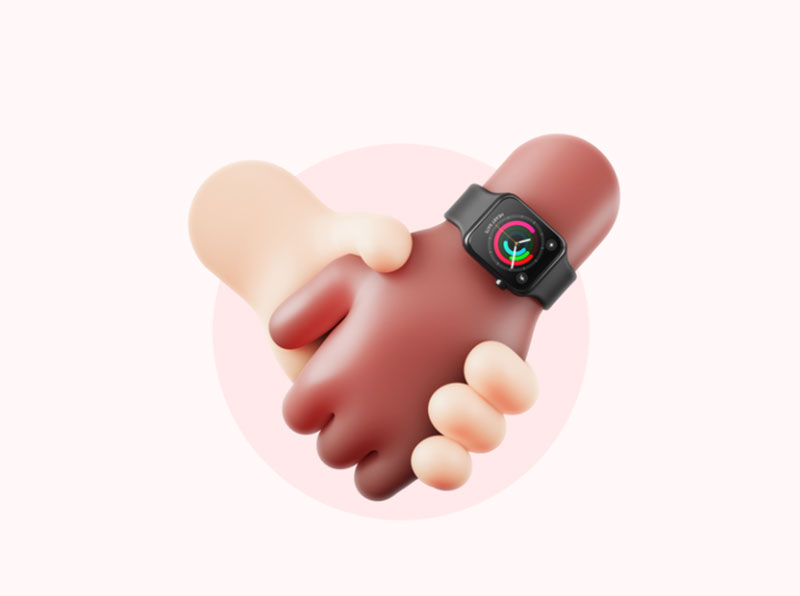
Happy New Year 2021
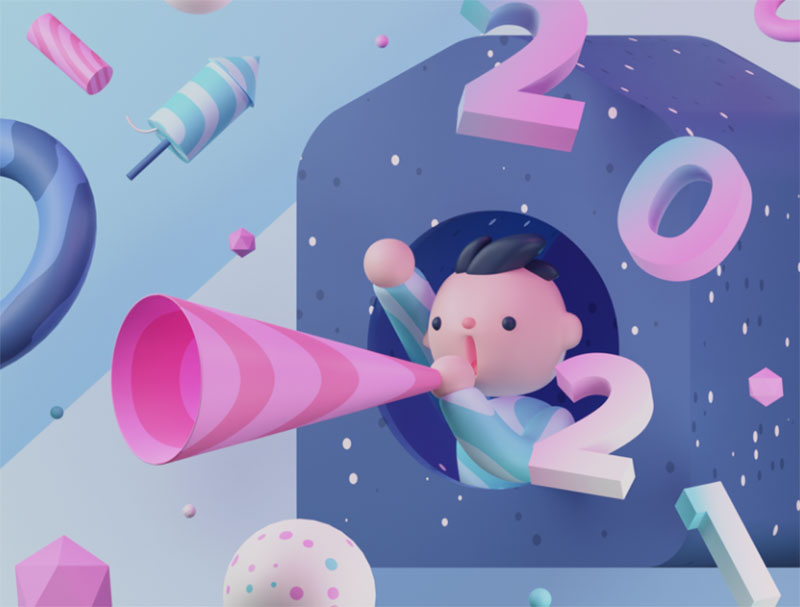
Dashboard – Web Server

Callert – Illustration

Hero Header 04 – Adelfox 2
Analytics Mobile App – Blurr Series
University Navigation
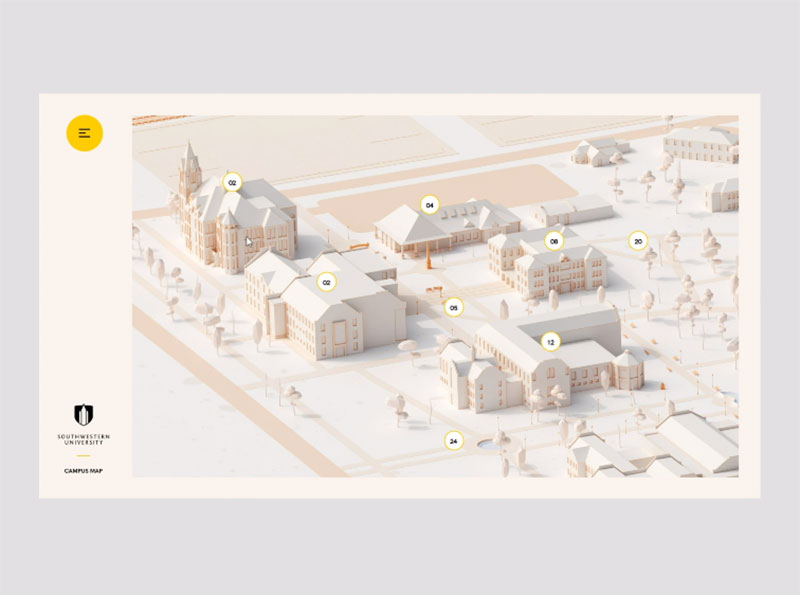
If you enjoyed reading this article about 3D illustrations, you should read these as well:
- How to create an illustration portfolio that gets you hired in an instant
- Creating Isometric Illustrations: Made Simple with the Geometric Technique
- Purple background images and textures
- Space background images and textures
The post Amazing 3D illustrations that are awe-inspiring appeared first on Design your way.
Source: https://ift.tt/2OrDgME
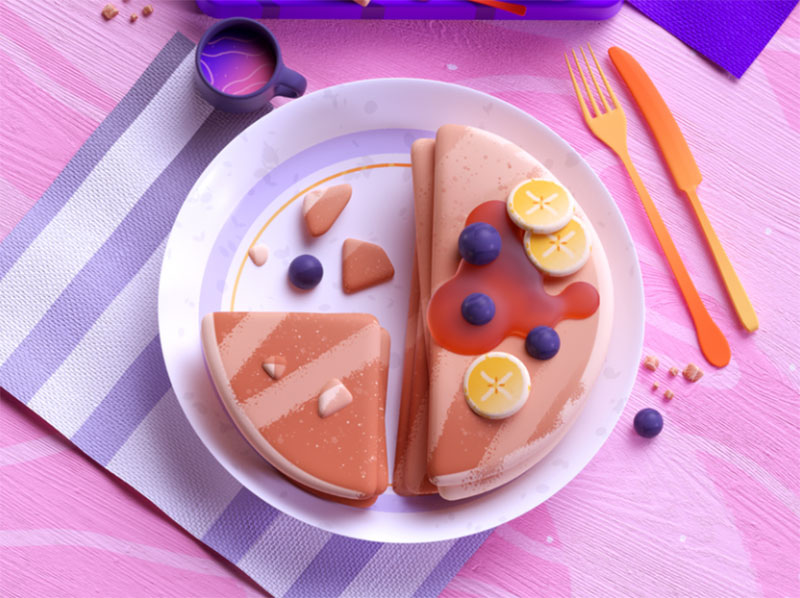
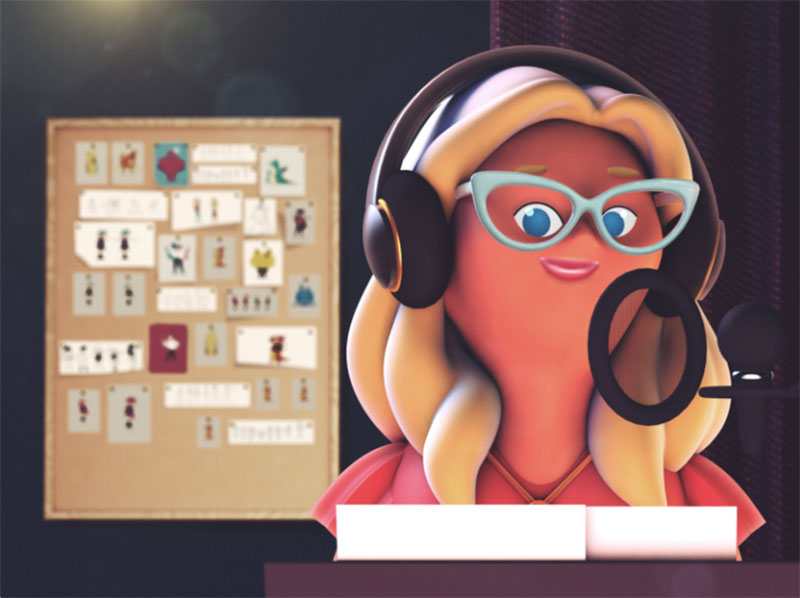


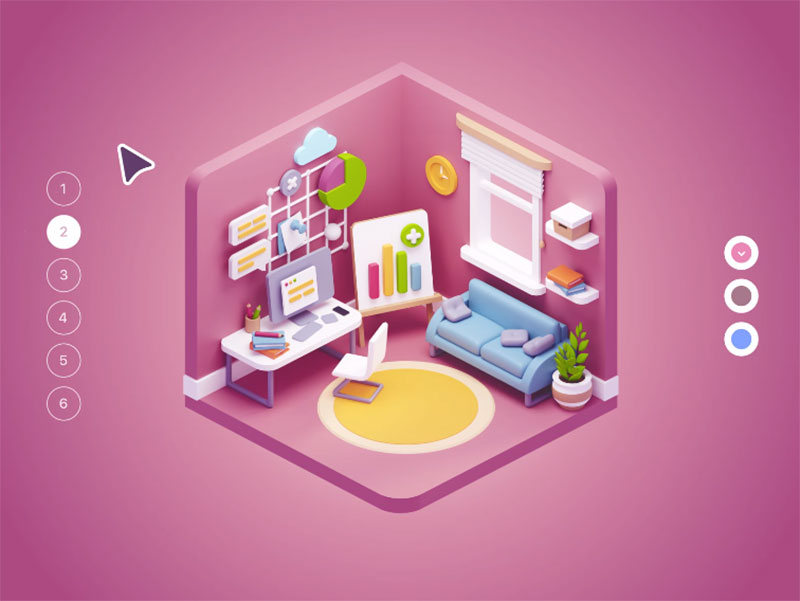
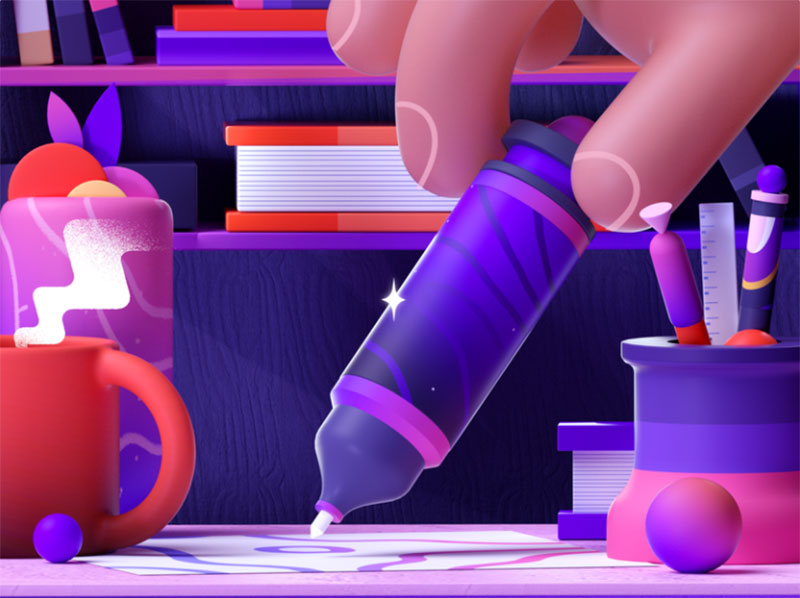
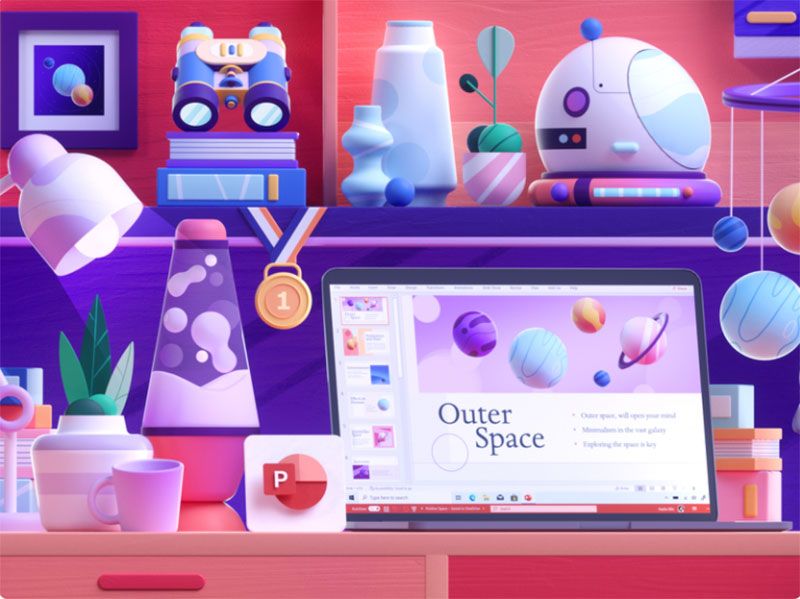
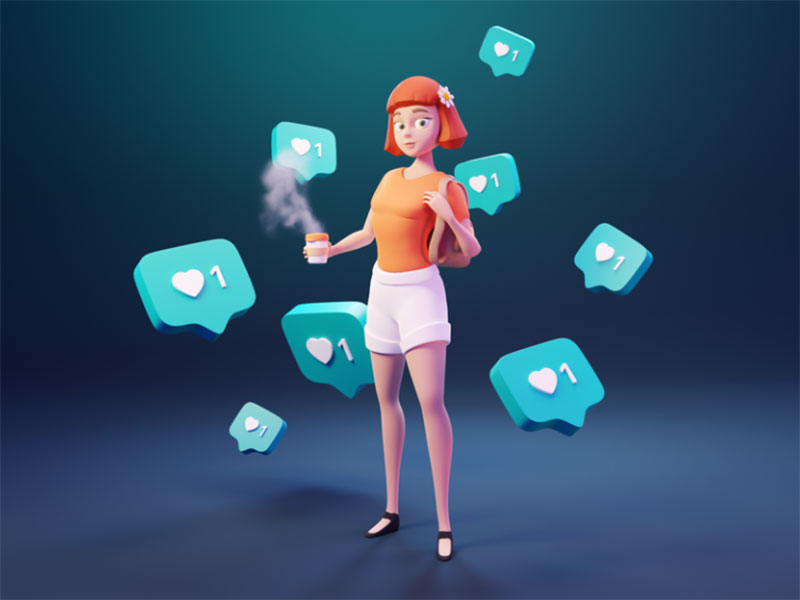
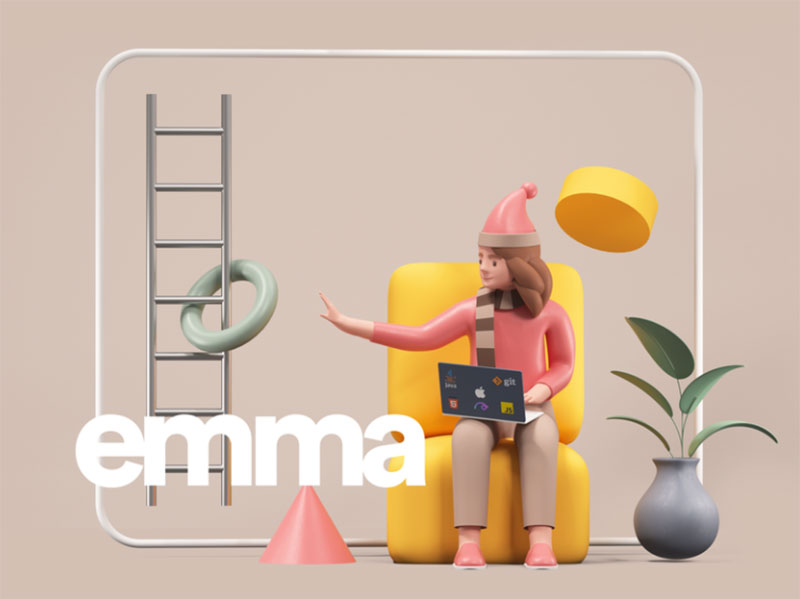
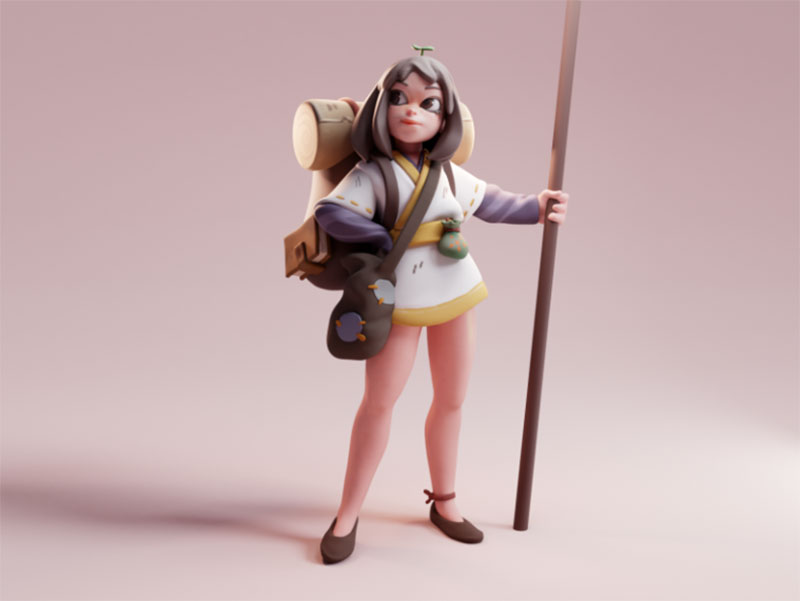
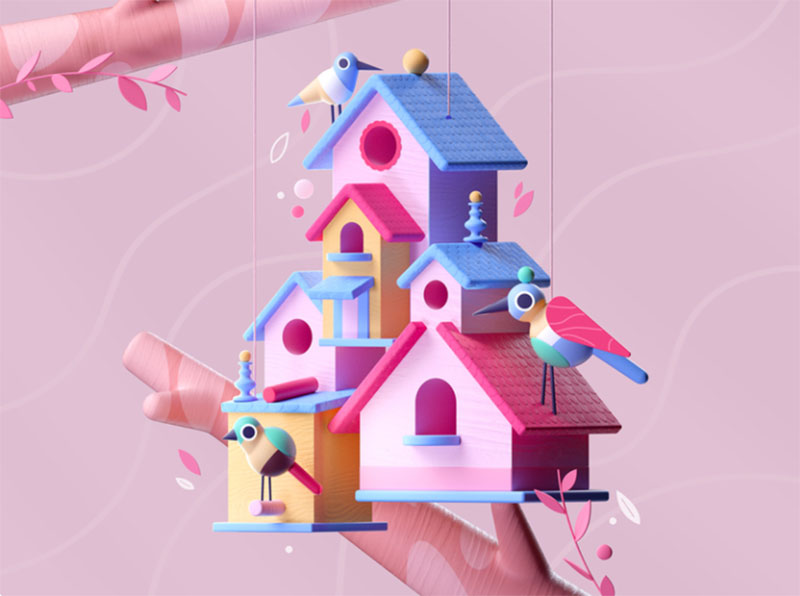
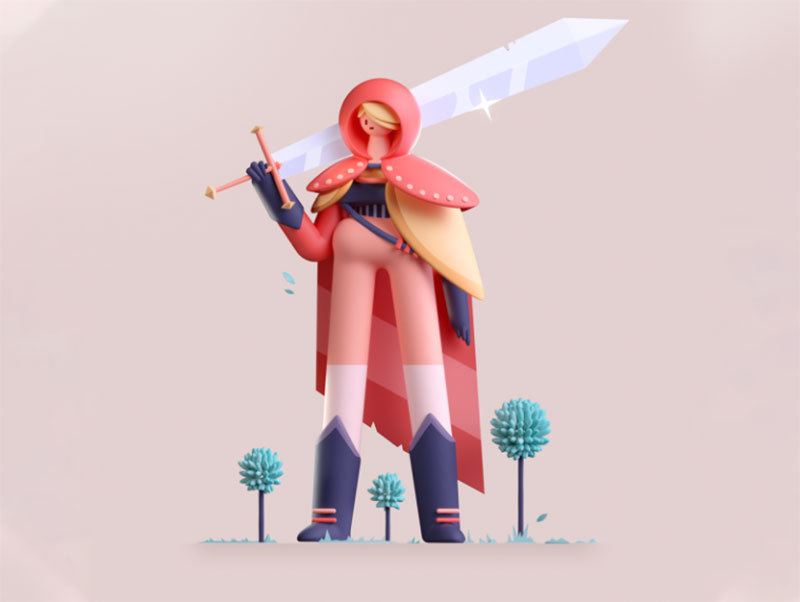

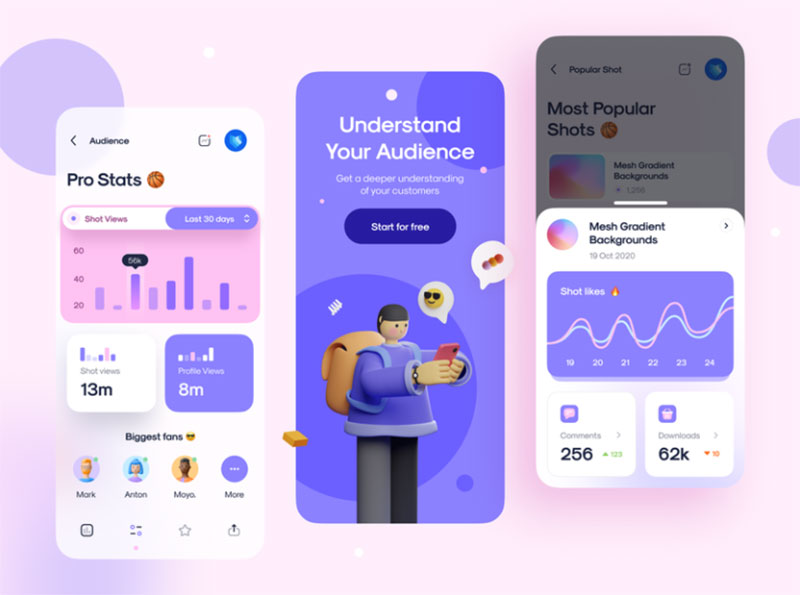

No comments:
Post a Comment